The Forestry Law coming into force has created a solid legal framework, promoting sustainable forest protection, bringing benefits in socio-economic and environmental aspects, contributing to improving livelihoods and increasing income for people in the province.
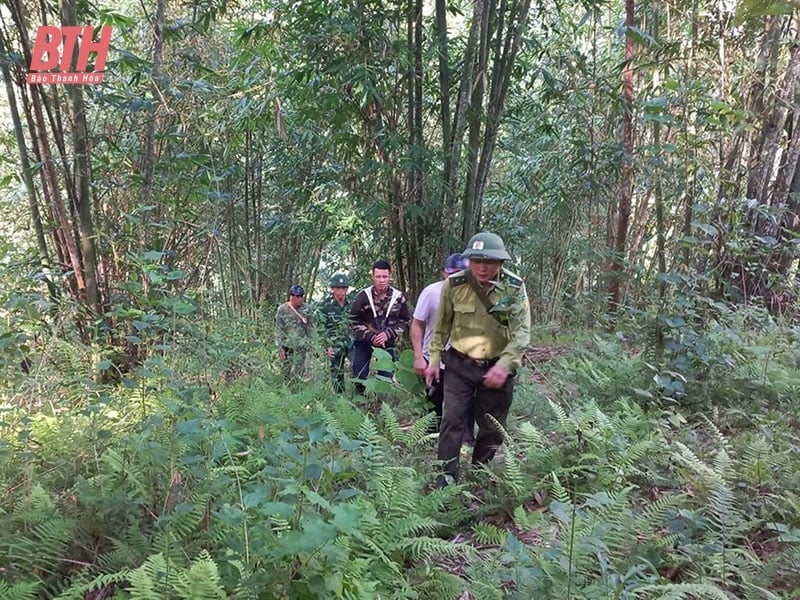
When the Law permeates life
The Forestry Law was passed by the National Assembly on November 15, 2017 and took effect from January 1, 2019. Immediately after the Law and its guiding documents came into effect, the Provincial People's Committee issued a complete system of documents to thoroughly understand and effectively implement the Law in the province; assigned the Department of Agriculture and Rural Development to preside over and coordinate with provincial departments, branches, and sectors, People's Committees of districts, towns, and cities to organize many dissemination, dissemination, and propaganda campaigns on the contents of the law, decrees, and guiding circulars to all levels, sectors, and people of all walks of life, especially ethnic minorities in remote, isolated, and border areas, to understand and strictly comply with the provisions of the law.
In the period of 2019-2023, the whole province organized over 28,800 conferences to propagate the Forestry Law with more than 130,000 participants; propagated over 80,000 times on loudspeakers; posted over 500 news and articles reflecting the activities of the forest rangers on the Thanh Hoa Forest Ranger Website; built and maintained the activities of 1,607 village (hamlet) propaganda teams; maintained 810 "3 no" residential area models in forest protection (BVR) and forest fire prevention and fighting (PCCCR) in 214 communes/27 districts, towns and cities; organized over 120,000 households to sign commitments on forest protection and fire prevention and fighting; organized "Forest Ranger Forum to listen to people's opinions" on forest protection and development; brought nearly 250 subjects violating forestry laws to be criticized before the community; Amending and supplementing 1,805 village covenants in accordance with community customs and practices...
Through propaganda work, people have been helped to understand and raise awareness of the importance of forests. At the same time, it has contributed to reducing deforestation for slash-and-burn farming and illegal logging. Forest management, protection and development have been ensured, violations of the Forestry Law have been detected and prevented in a timely manner, and forest fire prevention and control have been ensured. Since then, people and communities have actively participated in planting, caring for and protecting forests with specialized forces.
Many households get rich from the forest
We visited Mr. Vi Van Pien's family in Tam Lu commune (Quan Son) during a business trip to the locality. From afar, a Tam Lu commune official showed us his family's lush green bamboo hill and said: "Previously, this hill was just poor forest trees, but since the policy of allocating land and forests to households and individuals, Mr. Pien's family has been a pioneer in converting poor forests into bamboo and bamboo plantations, bringing high economic value."
To prove what the commune leader said, Mr. Pien took us to visit the bamboo hill with straight bamboo trees, dozens of meters high. "Bamboo trees are harvested all year round and require almost no care. My family has 6 hectares of forest, including 3 hectares of bamboo, 2 hectares of bamboo and is protecting 1 hectare of natural forest. Every year, the family has an income of about 100 million VND from the forest hill," Mr. Pien said.
According to Tam Lu commune officials, the whole commune has over 5,000 hectares of forestry trees, of which over 4,000 hectares are bamboo trees. Since the State issued a policy of allocating land and forests to households and individuals, people in the commune have boldly borrowed capital and invested in planting bamboo and bamboo trees, bringing in tens of billions of VND per year. Currently, the average income per capita of the commune is 40 million VND per year. Forest economy is contributing to poverty reduction and gradually enriching many households in the commune.
Like Mr. Pien, Mr. Pham Dinh Ba's family in Giao An commune (Lang Chanh) escaped poverty thanks to afforestation. Mr. Ba said: When starting to plant forests, his family received support from the Commune People's Committee for fertilizers, and transfer of science and technology for planting acacia trees, bamboo trees... Up to now, his family has 5 hectares of acacia trees, 4 hectares of bamboo forest under exploitation, bringing in an income of 120 million VND/year...
Contribute to increasing forest cover
Implementing the legal regulations on forestry, as of December 31, 2023, the whole province has assigned 617,496.59 hectares/647,437.26 hectares of forest and forestry land, reaching 95.37% (of which, 372,278.82 hectares/65,975 households and household groups were assigned to households and individuals (average 5.64 hectares/household, household group); assigned to communities 30,651.09 hectares/651 communities; assigned to organizations 214,566.68 hectares/53 organizations); the remaining 29,940.67 hectares of forest are temporarily assigned to the People's Committees of communes, accounting for 4.63%.
Land and forest allocation is a major policy of the Party and State to effectively mobilize all components of society to participate in forest management, protection and use. When allocated land and forests, households and individuals have the right to exploit and develop forest resources legally. They can plant economic forests, harvest non-timber forest products, grow fruit trees, or participate in ecotourism... Income from these activities helps forest growers improve their lives and stabilize their economy. And, when having the right to manage and exploit, people consider forests as their property, so they proactively participate in planting, caring for and protecting forests. This helps increase forest cover, improve forest quality and enhance the ecological value of the forest ecosystem. Forest cover in the province increased from 53.40% in 2019 to 53.75% in 2023.
In the period of 2019-2023, the whole province has planted 60,321 hectares of concentrated forests of all kinds and over 21 million scattered trees of all kinds; the average productivity of planted forests increased from 15m3/ha/year to 17m3/ha/year; the average timber output is about 759 thousand m3/year.
The province has also focused on developing large timber plantations to increase the value of forests; on average, the whole province plants over 10,000 hectares of concentrated plantation forests every year; effectively implementing the issuance of FSC forest certificates in accordance with regulations. In particular, the province has issued separate policies to support the development of concentrated plantation forests and infrastructure development for forestry production according to Resolution No. 185/2021/NQ-HDND dated December 10, 2021 of the Provincial People's Council (support for planting production forests using tissue-cultured seedlings; support for intensive cultivation of bamboo, reed, and rattan plantations; support for building forestry roads in concentrated production forest planting areas; support for issuing sustainable forest management certificates, etc.)
Based on the specific solutions and results achieved, the 2017 Forestry Law has helped Thanh Hoa build a solid foundation in managing and developing forest resources, raising awareness of forest protection for the community, creating livelihoods for people and contributing to environmental protection and sustainable development. These results not only help the province promote the exploitation of forest economic potential, but also ensure the sustainable conservation of forest resources and ecosystems.
Article and photos: Ngan Ha
Source: https://baothanhhoa.vn/hieu-qua-thi-hanh-luat-lam-nghiep-230281.htm




![[Photo] National Assembly Chairman Tran Thanh Man attends the VinFuture 2025 Award Ceremony](/_next/image?url=https%3A%2F%2Fvphoto.vietnam.vn%2Fthumb%2F1200x675%2Fvietnam%2Fresource%2FIMAGE%2F2025%2F12%2F05%2F1764951162416_2628509768338816493-6995-jpg.webp&w=3840&q=75)


![[Photo] 60th Anniversary of the Founding of the Vietnam Association of Photographic Artists](/_next/image?url=https%3A%2F%2Fvphoto.vietnam.vn%2Fthumb%2F1200x675%2Fvietnam%2Fresource%2FIMAGE%2F2025%2F12%2F05%2F1764935864512_a1-bnd-0841-9740-jpg.webp&w=3840&q=75)


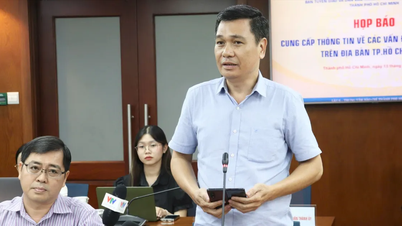

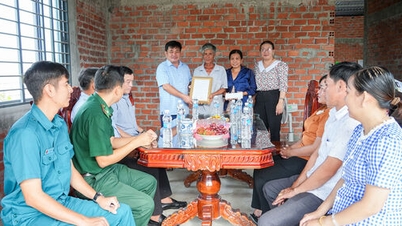

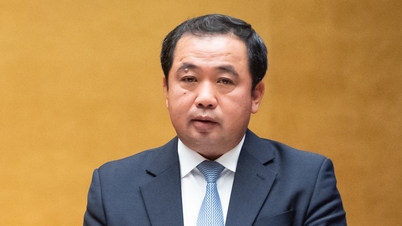



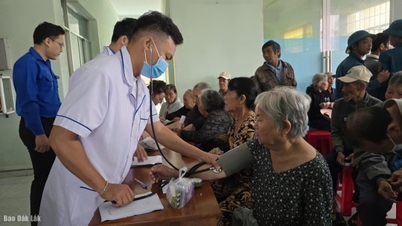
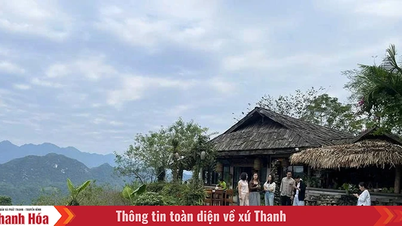

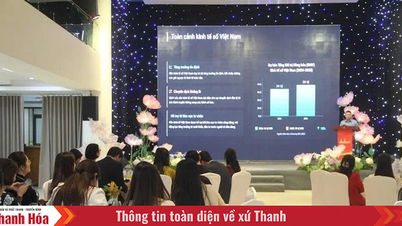
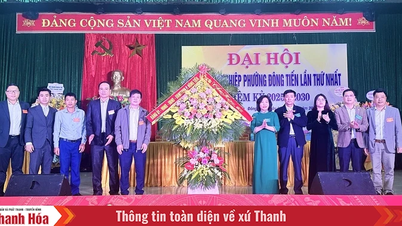
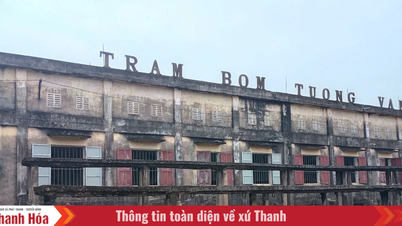
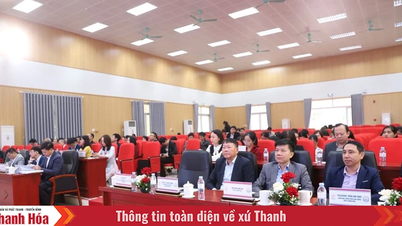
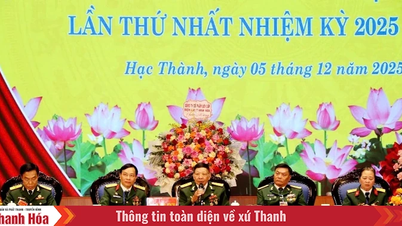





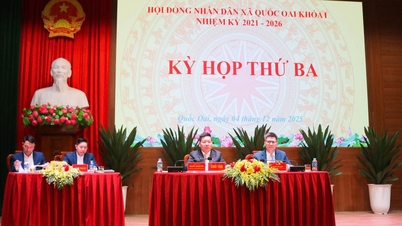
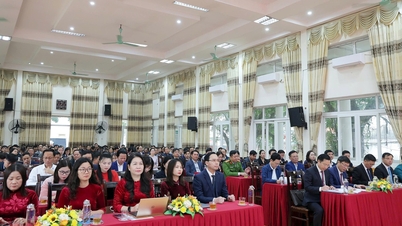
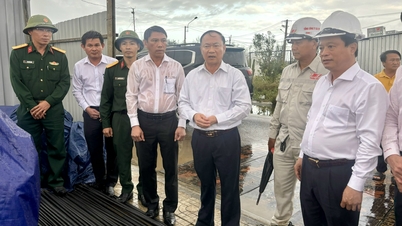

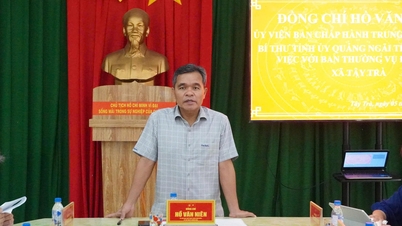


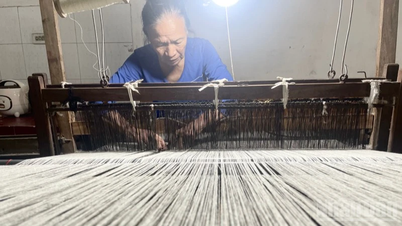

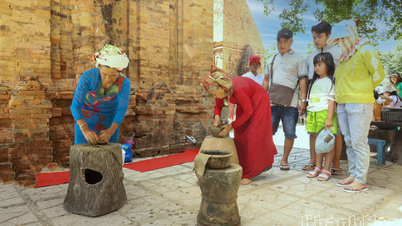

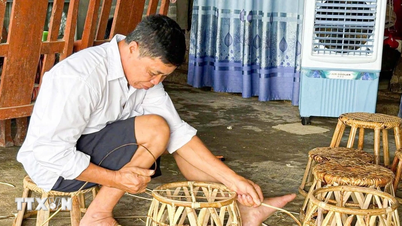











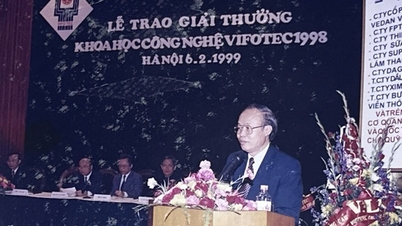

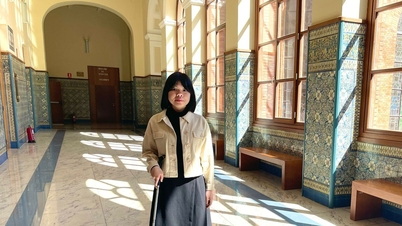

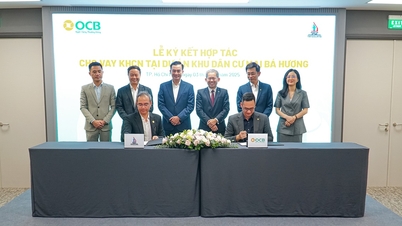
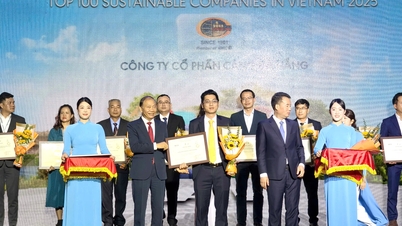

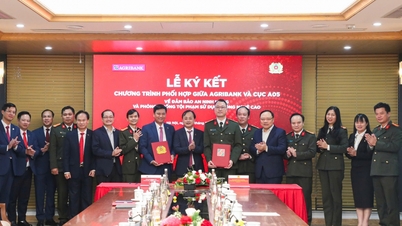


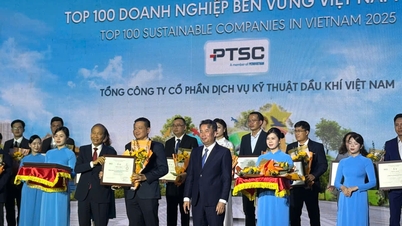












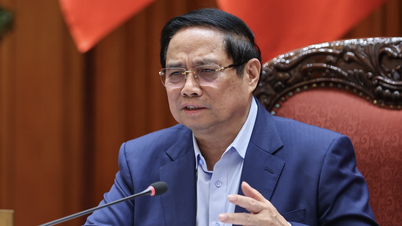

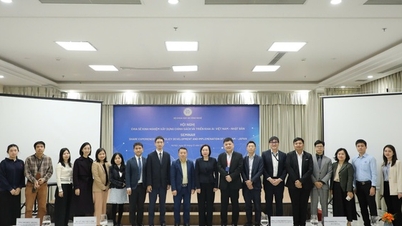
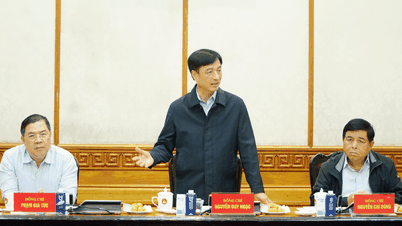

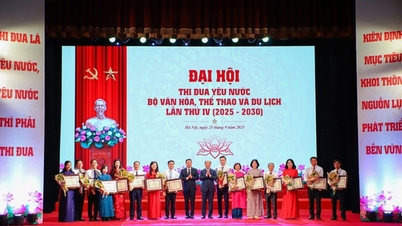

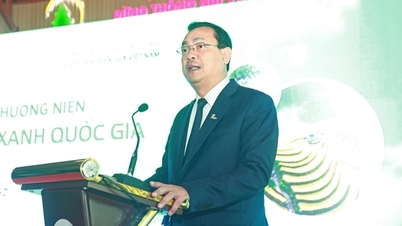
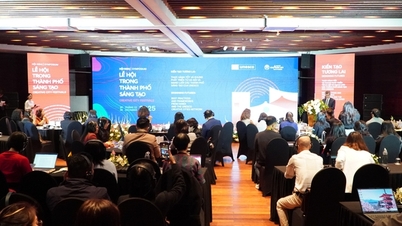
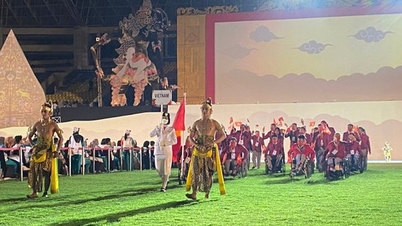


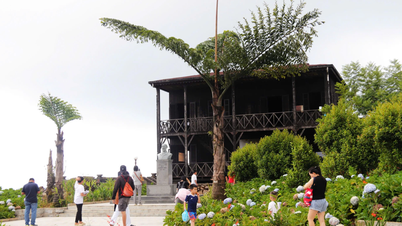
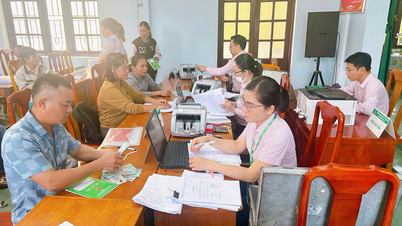

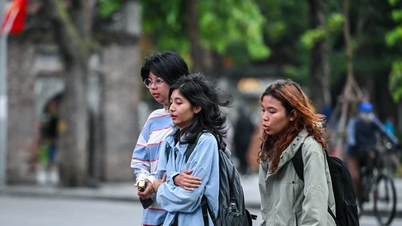
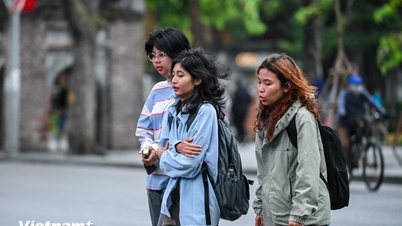

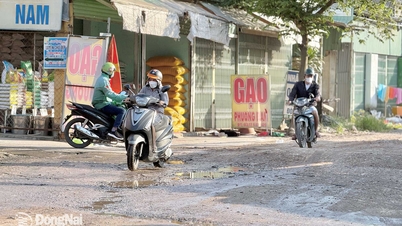


















Comment (0)